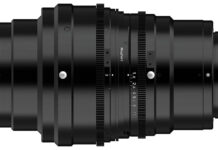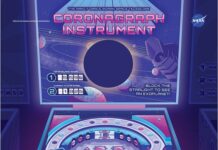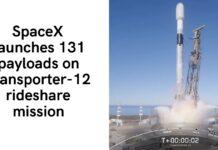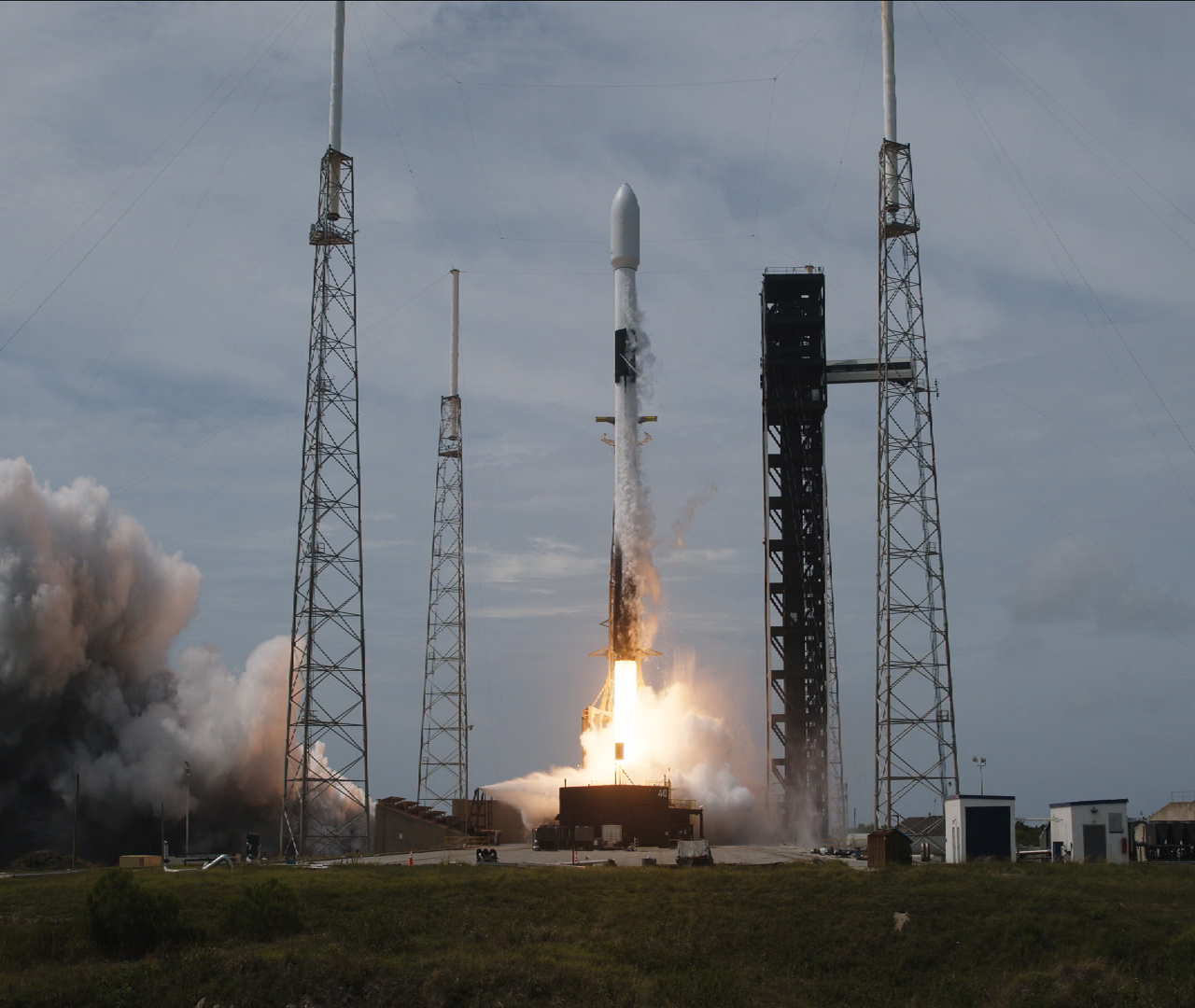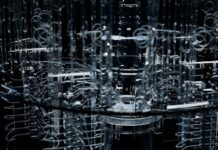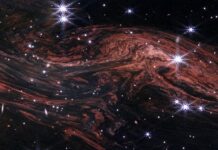NASA’s Northrop Grumman 21st Commercial Resupply Mission: A Comprehensive Overview
NASA has once again achieved a milestone with the successful launch of Northrop Grumman’s 21st commercial resupply mission. This mission, which is set to deliver new scientific experiments and cargo to the International Space Station (ISS), promises to significantly contribute to ongoing research and the future of space exploration.
The Launch Details
On a sunny Sunday morning at precisely 11:02 a.m. EDT, Northrop Grumman’s Cygnus spacecraft was launched aboard a SpaceX Falcon 9 rocket from Space Launch Complex 40 at Cape Canaveral Space Force Station in Florida. The spacecraft is carrying over 8,200 pounds of supplies, which include scientific experiments, essential equipment, and other cargo to support the astronauts on the ISS.
Post-Launch Adjustments
Shortly after the launch, the Cygnus spacecraft encountered a minor hiccup. It missed its first burn, known as the targeted altitude burn (TB1), due to a delayed entry into the burn sequence. Although the burn was rescheduled, it was aborted shortly after ignition due to a slightly low initial pressure state. However, there is no indication that the engine itself has any issues. The spacecraft is currently at a safe altitude and successfully deployed its two solar arrays at 2:21 p.m. EDT.
Northrop Grumman engineers are diligently working on a new burn and trajectory plan to ensure the spacecraft meets its original capture time on the ISS. If everything goes as planned, live coverage of the spacecraft’s arrival will begin at 1:30 a.m. EDT on Tuesday, Aug. 6, available on NASA+, NASA Television, the NASA app, and the agency’s website.
Capture and Installation
NASA astronaut Matthew Dominick is scheduled to capture the Cygnus spacecraft using the station’s robotic arm at approximately 3:10 a.m. EDT, with NASA astronaut Jeanette Epps serving as backup. Following the capture, the spacecraft will be installed on the ISS, with coverage starting at 4:30 a.m. EDT on the same platforms mentioned earlier.
Scientific Research and Experiments
The resupply mission is set to support dozens of research experiments that will be conducted during Expedition 71. Some of the key investigations include:
- Liquid and Gas Flow through Porous Media: Test articles to evaluate how liquids and gases move through porous materials used in the ISS’s life support systems.
- STEMonstration on Centripetal Force: Involving a balloon, penny, and hexnut, this experiment aims to demonstrate the concept of centripetal force.
- Rotifers Study: Microorganisms known as Rotifers will be examined to understand the effects of spaceflight on DNA repair mechanisms.
- Bioreactor for Stem Cells: A bioreactor will be used to demonstrate the production of high-quality blood and immune stem cells.
These experiments are just a subset of the numerous investigations conducted aboard the ISS in the fields of biology, biotechnology, physical sciences, and Earth and space science. The research not only benefits humanity by advancing scientific knowledge but also lays the groundwork for future human exploration missions, such as NASA’s Artemis program, which aims to send astronauts to the Moon and eventually to Mars.
Mission Timeline and Coverage
NASA has outlined the following schedule for the arrival and installation of the Cygnus spacecraft (all times are in Eastern Daylight Time and subject to change based on real-time operations):
- Tuesday, Aug. 6
- 1:30 a.m.: Arrival coverage begins on NASA+, NASA Television, the NASA app, YouTube, and NASA’s website.
- 3:10 a.m.: Capture of Cygnus with the ISS’s robotic arm.
- 4:30 a.m.: Cygnus installation coverage begins on the same platforms.
For the most up-to-date operations information, follow NASA’s space station blog.
The Significance of the Mission
This mission marks Northrop Grumman’s 21st trip to the ISS for NASA and is the 10th mission under the Commercial Resupply Services 2 (CRS-2) contract. The Cygnus spacecraft will remain attached to the ISS until January, after which it will depart with several thousand pounds of trash. The spacecraft will re-enter Earth’s atmosphere and burn up harmlessly, disposing of the waste.
This particular Cygnus spacecraft is named the S.S. Francis R. "Dick" Scobee, in honor of the former NASA astronaut. Naming the spacecraft after Scobee serves as a tribute to his contributions to space exploration.
Additional Information and Insights
For tech enthusiasts and space aficionados, the successful launch and subsequent operations of the Cygnus spacecraft highlight the growing capabilities and reliability of commercial space missions. Such missions are crucial for maintaining the ISS and supporting the astronauts who live and work there. They also demonstrate the collaboration between NASA and private companies like Northrop Grumman and SpaceX, which is essential for the future of space exploration.
Moreover, the experiments conducted on the ISS have far-reaching implications. For instance, understanding how liquids and gases move through porous media can improve life support systems not only in space but also in terrestrial applications. The study of Rotifers and DNA repair mechanisms can lead to advancements in medical science, particularly in understanding how human cells respond to the stresses of space travel.
Conclusion
The 21st commercial resupply mission by Northrop Grumman is a testament to the progress and potential of commercial space missions. As we continue to explore the final frontier, missions like these play a pivotal role in advancing scientific research and preparing humanity for future expeditions to the Moon, Mars, and beyond.
For more detailed information about NASA’s commercial resupply mission, visit the official NASA mission page.
Stay tuned for live updates and coverage of the Cygnus spacecraft’s arrival and installation on the ISS, and continue to follow the exciting developments in space exploration.
For any press inquiries, you can reach out to the following contacts:
- Claire O’Shea / Josh Finch: Headquarters, Washington (202-358-1100) – Email Josh Finch / Email Claire O’Shea
- Stephanie Plucinsky / Steven Siceloff: Kennedy Space Center, Fla. (321-876-2468) – Email Stephanie Plucinsky / Email Steven Siceloff
- Sandra Jones: Johnson Space Center, Houston (281-483-5111) – Email Sandra Jones
Stay informed and keep exploring!
For more Information, Refer to this article.

















